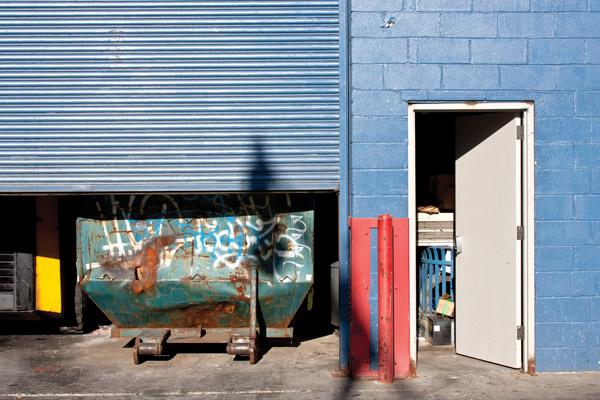George Schaub
|
Dec 21, 2012 |
First Published: Nov 01, 2012
|
Dec 12, 2012
|
Dec 11, 2012
|
Nov 14, 2012 |
First Published: Oct 01, 2012
|
Oct 09, 2012 |
First Published: Sep 01, 2012








